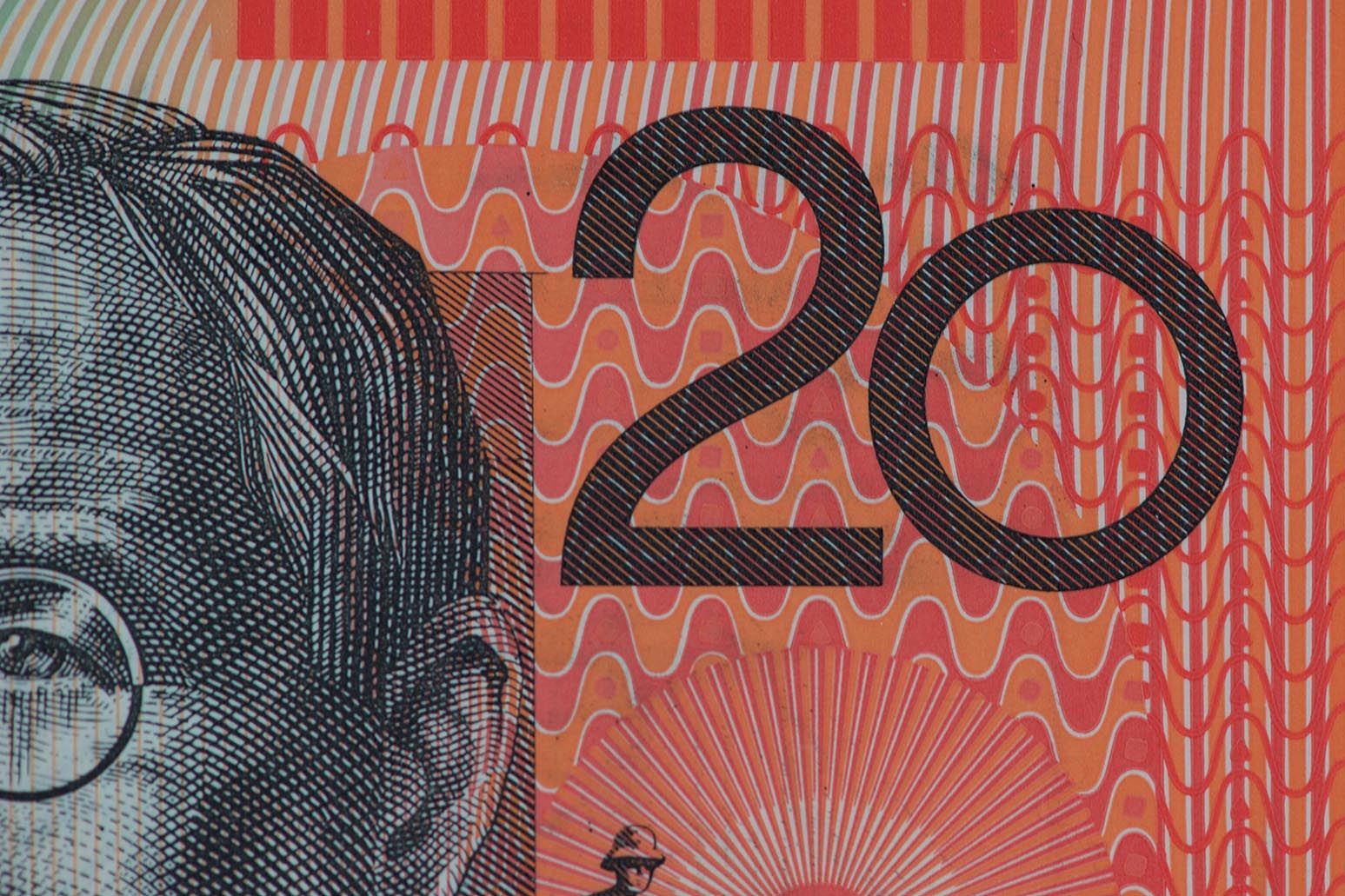Pound to Australian Dollar Week Ahead Forecast: Teetering, Aussie Inflation Eyed
- Written by: Gary Howes
-

Image © Adobe Images
The Pound to Australian Dollar exchange rate is teetering above the key 200-day moving average (DMA) as we write on Monday; it must stay above here if a positive technical setup is to remain entrenched.
Our Week Ahead Forecast rules rely on the 200 DMA (at 1.9237) to tell us where the trend lies: as long as the market is above here, we hold a positive bias on GBP/AUD.
We note the pair dipped below here earlier in the day to touch another support area, the 38.2% Fibonacci retracement of the 2024 rise, from where it recovered back above the 200 DMA:
Above: GBP/AUD at daily intervals with the 200 DMA and Fibonacci retracement levels indicated. Track GBP/AUD with your own custom rate alerts. Set Up Here
GBP/AUD is on the brink of breaking down from a technical perspective, but there is an outside shot that support levels hold and a rebound occurs over the coming days.
But this will depend on whether the market corrects the recent sharp and broad-based selloff experienced by Pound Sterling at the end of last week.
Sterling is under pressure across the board courtesy of a jump in expectations for a mid-year interest rate cut at the Bank of England following Friday's speech from Bank of England MPC member Dave Ramsden.
Live GBP/AUD Money Transfer Exchange Rate Checker | ||
Live Market Rate: | get quick quote | |
Corpay: | ||
Banks: Median Low | ||
Banks: Median High | ||
These data are based on the spread surveyed in a recent survey conducted for Pound Sterling Live by The Money Cloud. | ||
In a speech delivered in Washington, Ramsden expressed confidence inflation in the UK is falling to where it needs to be and that risks to the inflation forecast are now tilted to the downside. It appears Ramsden is now part of a rump of MPC members who are ready to cut UK interest rates.
By contrast, markets expect the Reserve Bank of Australia to cut interest rates for the first time as late as the final quarter of 2024, creating a gulf in monetary policy intentions in the UK and Australia. Given these expectations are key to FX movements, this could set the Pound on a fundamentally weaker path against the Australian Dollar.
But Australian Dollar rate expectations could be challenged by this week's all-important Australian CPI print for the first quarter. The data is released Tuesday, with markets looking for a 3.1% year-on-year increase in CPI inflation in the first quarter.
Markets look for the quarter-on-quarter rate to accelerate to 0.8% from 0.6%, while the trimmed mean measure - which the RBA watches - is expected to have risen to 0.9% q/q. Any undershoot in these data will likely weigh on AUD and underpin the support levels in GBP/AUD mentioned above.
Track GBP/AUD with your own custom rate alerts. Set Up Here
But there are other external forces that could limit Aussie strength in the coming days. "Fed repricing and tolerance towards a weaker yuan are two headwinds that could stifle a rebound in 2Q," says Kenneth Broux, a strategist at Société Générale, regarding the Aussie Dollar's outlook for the coming weeks.
We saw last week the Australian Dollar came under pressure after Chinese authorities let the Renminbi unexpectedly weaken, confirming downside risks associated with any further weakness in the Chinese currency.
"The bias for CNY depreciation is now much stronger," says Mitul Kotecha, a strategist at Barclays.
"We consider the PBoC’s fixing of the yuan reference point above the 7.10 psychological barrier on the day of its 1Q GDP data release to be a clear signal that it is ready to ease the grip on the currency and prepared to allow further weakness in the yuan," says Broux.
Also weighing on the pro-cyclical Aussie Dollar is the rise in global interest rates associated with rising U.S. bond yields. This has come about as markets slash expectations for interest rate cuts at the U.S. Federal Reserve in 2024 on account of strong U.S. growth and inflation.
"Superior growth in Australia compared to some G10 peers still appears justified, but this has not been sufficient to offset headwinds from higher U.S. yields and hawkish repricing of the Fed outlook," says Broux.




